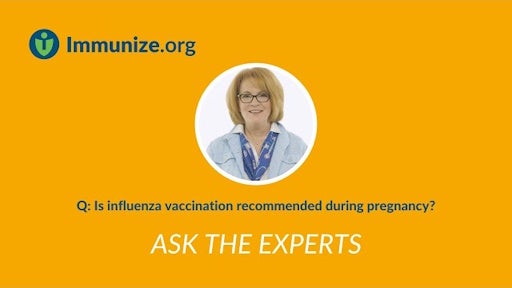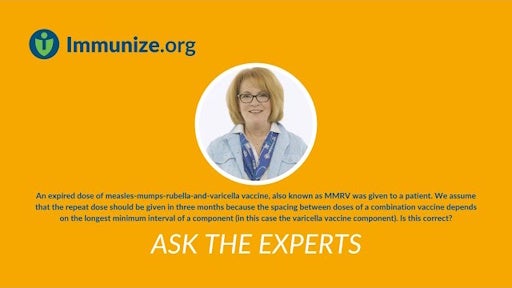In pre-licensure clinical trials of Shingrix in immunocompetent adults age 50 years or older, the most common adverse reactions were pain at the injection site (78%), myalgia (45%), and fatigue (45%). Any grade 3 adverse event (reactions related to vaccination which were severe enough to prevent normal activities) was reported in 17% of vaccine recipients compared with 3% of placebo recipients. Grade 3 injection-site reactions (pain, redness, and swelling) were reported by 9% of vaccine recipients, compared with 0.3% of placebo recipients. Grade 3 solicited systemic events (myalgia, fatigue, headache, shivering, fever, and gastrointestinal symptoms) were reported by 11% of vaccine recipients and 2.4% of placebo recipients. The occurrence of local grade 3 reactions did not differ by vaccine dose. However systemic grade 3 reactions were reported more frequently after dose 2.
Rates of serious adverse events (an undesirable experience associated with the vaccine that results in death, hospitalization, disability or requires medical or surgical intervention to prevent a serious outcome) were similar in vaccine and placebo groups.
Among immunocompromised recipients of RZV, local grade 3 reactions occurred in 10.7% to 14.2% of RZV recipients, and systemic grade 3 reactions occurred in 9.9% to 22.3% of RZV recipients, compared with 0% to 0.3% and 6.0% to 15.5%, respectively, among placebo recipients. Limited studies have found no evidence of an increased risk of immune-mediated diseases, graft-versus-host-disease, or transplant rejection among certain categories of immunocompromised RZV recipients.

